GINO SABATINI ODOARDI
Gino Sabatini Odoardi’s path is characterized by a marked interest in traditional thought, man’s way of posing (and his continuous need for confirmation) in front of the unknowability of the world. The intention is to insinuate doubt, to call reality into question, to break the balances on which our culture rests by unhinging certainties, in a continuous unanswered referral. The works hover between the sacred and the profane and between the serial modularity of the object and a plastic drape. “Thermoforming in polystyrene” is the technical definition of the process exploited by the artist to make most of his works; the appropriation of this material process makes him a unique artist on the Italian and international scene. Decisive in his training were his encounters with Fabio Mauri (performer in 1997 in “What is Fascism” at the Kunsthalle in Klagenfurt and later assistant) and Jannis Kounellis (student at the Seminar-Laboratory in 1998 in L’Aquila curated by Sergio Risaliti). Among the various awards: in 1999 he received from Alfred Pacquement (Centre George Pompidou) “Le prix des Jeunes Createurs” at the Ecole Nationale Supérieure des Beaux-Arts in Paris. In 2023 Maretti editions published a volume dedicated to him, “Tra le pieghe del dubbio,” edited by Claudio Libero Pisano and Adriana Polveroni. He participated in the LIV Venice Biennale, Italian Pavilion (Arsenale). Since 2013 he has been represented by the Gowen Contemporary gallery in Geneva. Since 2017 he has been teaching Ornamental Plastics and Contemporary Plastic Techniques at the Academy of Fine Arts in Frosinone.
PH. VALENTINO CAPITANIO
PROJECT TITLE FOR SEMINARIASOGNINTERRA23
“UNTITLED WITH CHAIR” 2016/2023 / “UNTITLED WITH CHAIR” 2023
How important is the past for imagining and building the future?
The past is essential; it is not a dead thing but is the substance of which time is made. Looking back hurts our neck muscles. We often misremember it, but it is nothing but yesterday’s future.
What are the elements you would like to/and work on further?
I have never worked on the elements, but on the questions that will never be answered.
Tell me more about the work for Seminaria.
I will install one of my many leaning chairs in the belly of a Maranola watchtower. I have
imagined it suspended in the air, levitating, ecstatic, circumscribed and supported by steel cables. This body, which in other installation circumstances has surrendered strength to a disciplined drape, will in this case attempt to subtend an off-axis miracle by redrawing a new leveling. An attempt to play chess with the world’s center of gravity without certainty. Also because we are all hostages, only the posture changes.
The work will be accompanied by a small drawing/project in relief and placed in the arch of Via Tre Ponti: “Untitled with chair” 2023 cm. 25x25x1.
A project you haven’t been able to do, but would like to do?
I have always stubbornly tried to follow up on my visions. I always remember a quote by Napoleon Bonaparte “Impossible: it is a word found only in the vocabulary of fools.”
The glass is obviously a topos in your research, however, there are other themes that recur frequently
in your production such as the concept of the sacred, the posthuman, black and white. Wanting to quote you, “there is a guideline because there is a guiding idea” here is what value does the fold have for you?
Perhaps the signifier is to be found in my childhood: I come from a historical family of upholsterers and consequently have always had a permanent residence in drapery. The fold is a compound magic of meaning that replicates itself endlessly in its limitless reproducing, layering, constituting. These nomadic windowless labyrinths have the great property of concealing new harmonies in which every action is an internal action, fold within fold, shadow within shadow.
Each slight clotted undulation escapes the rigid diatonic scale of form, an expressive play of “chords” (Gilles Deleuze). Each drapery is a baroque wrinkle concealing traces and signs that coincide with the essential elements of perception, light/shadow, black/white, interior/exterior.
Drapes, which in their infinite combinations, tell the innumerable implications of life, where nothing is clear and revealed. The plasticity of the hidden shadow is experienceable but unverifiable, as are the multiple entrances directed to the antechamber of mute thought. It is here that I fold, as an astigmatic, my atheistic gaze on the world .
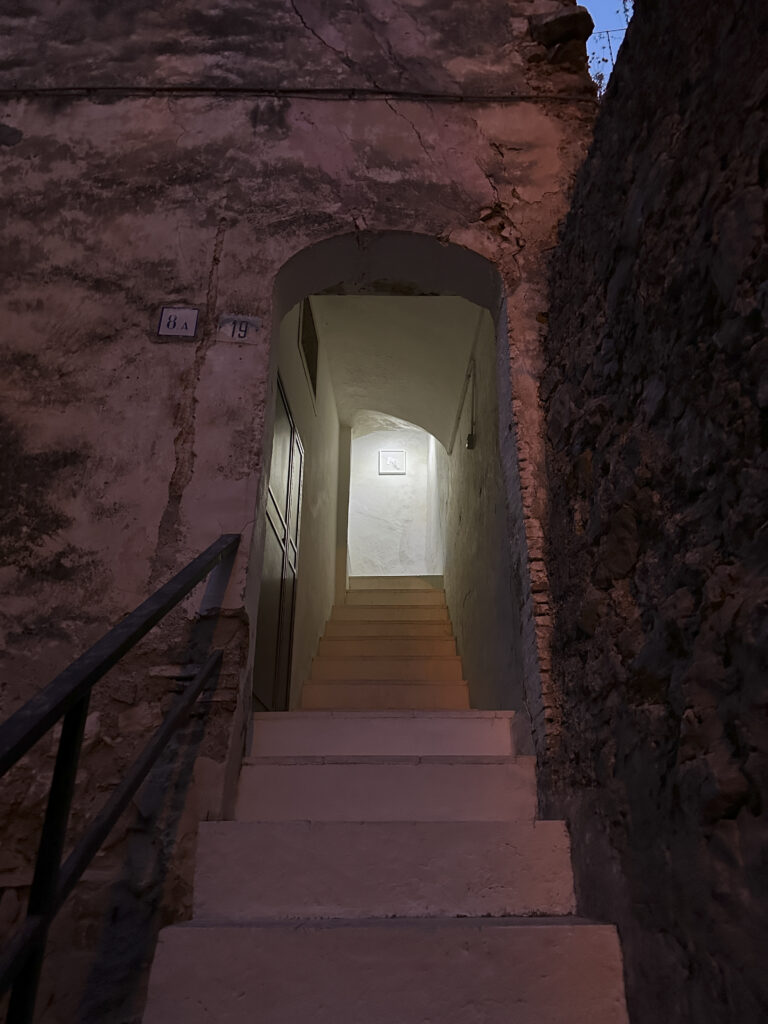
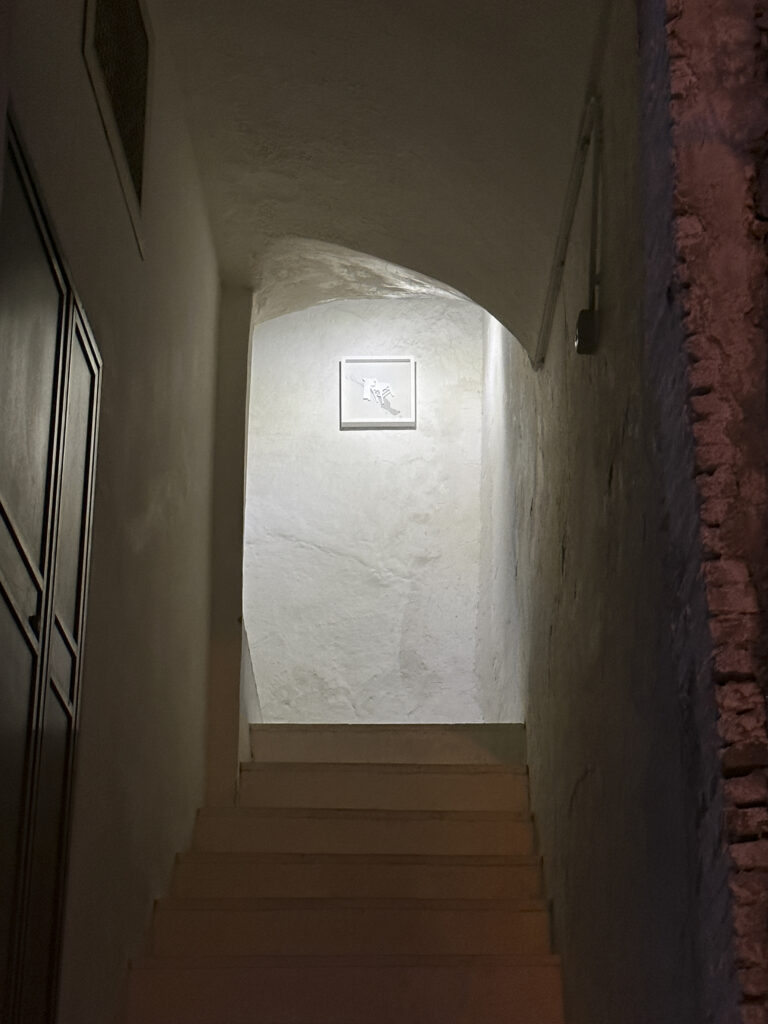
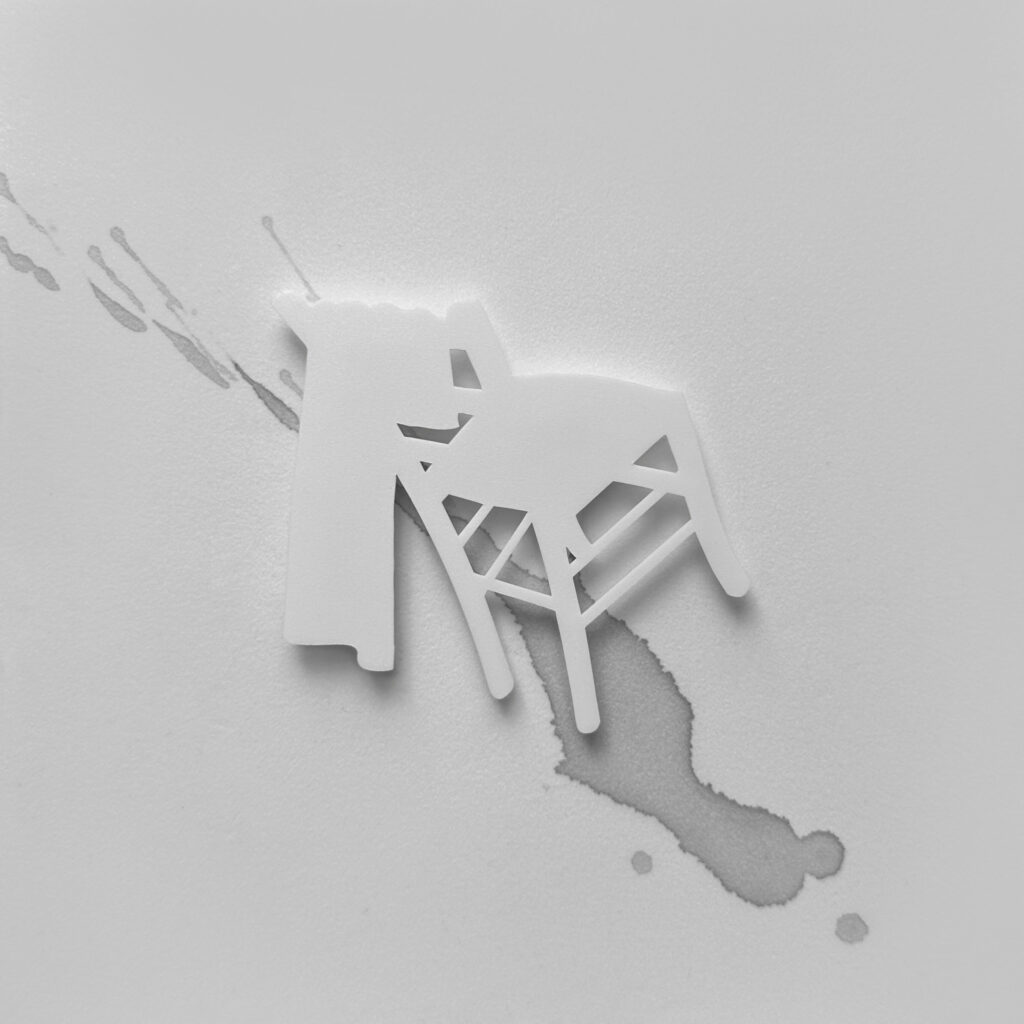


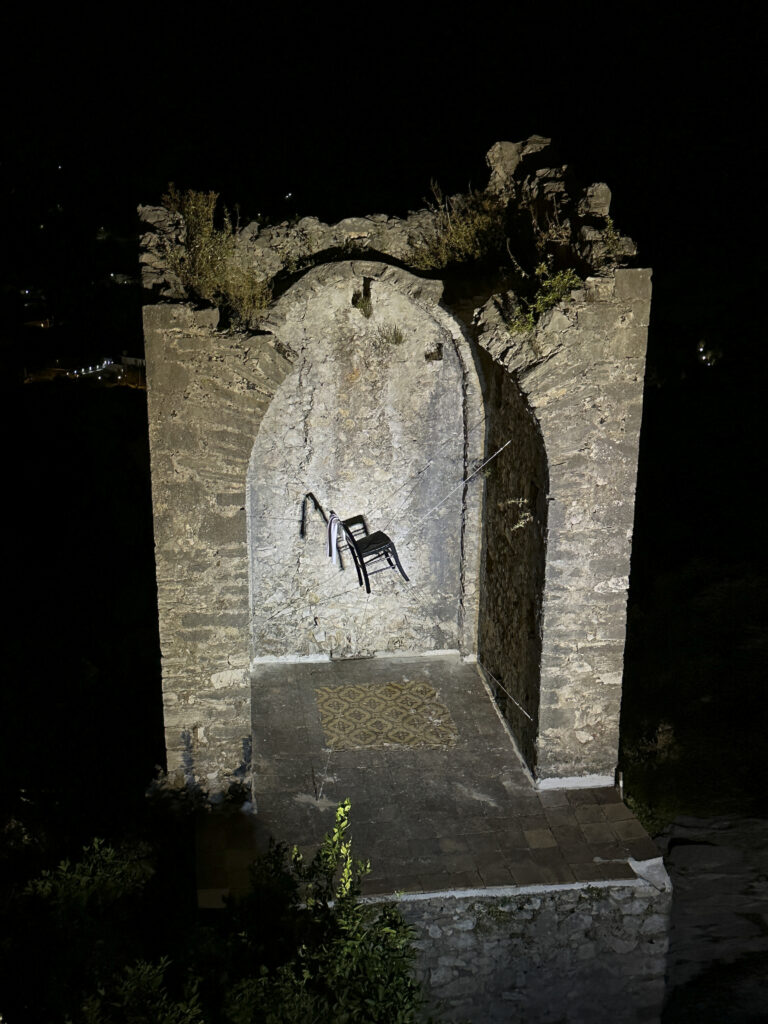
This post is also available in:
Italiano (Italian)
